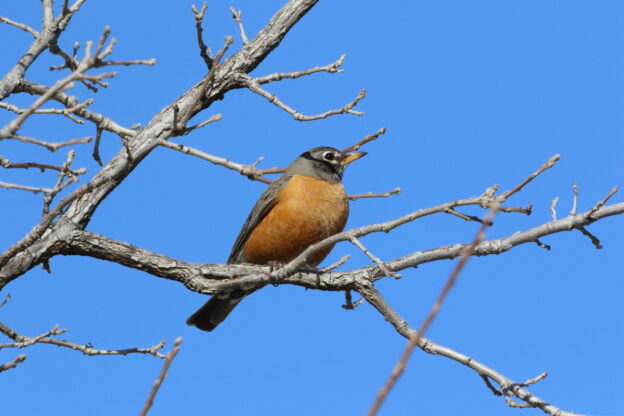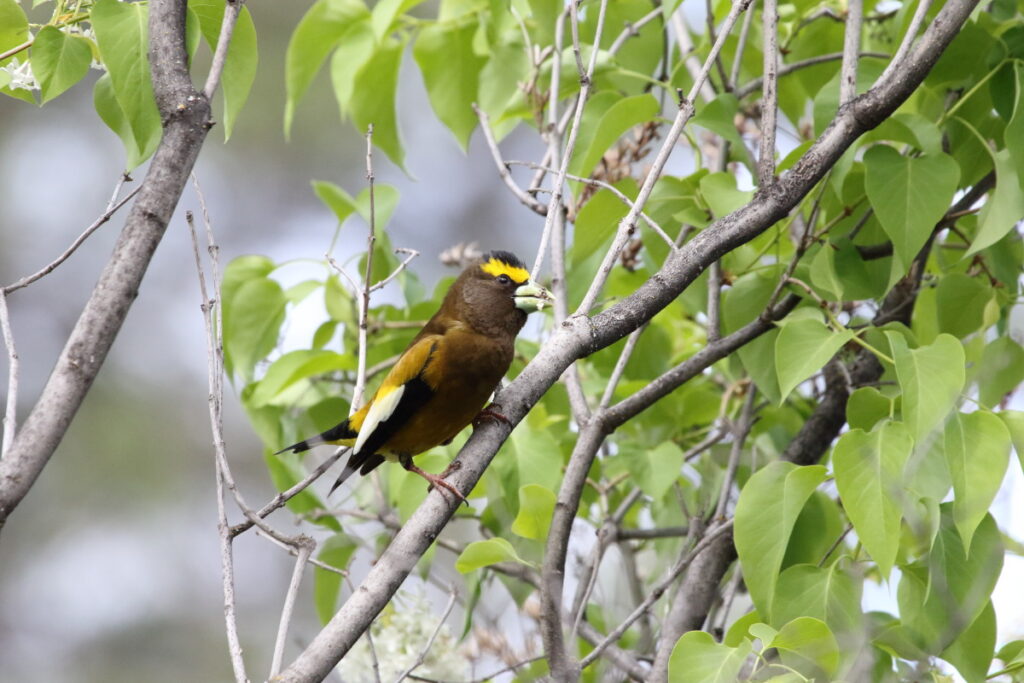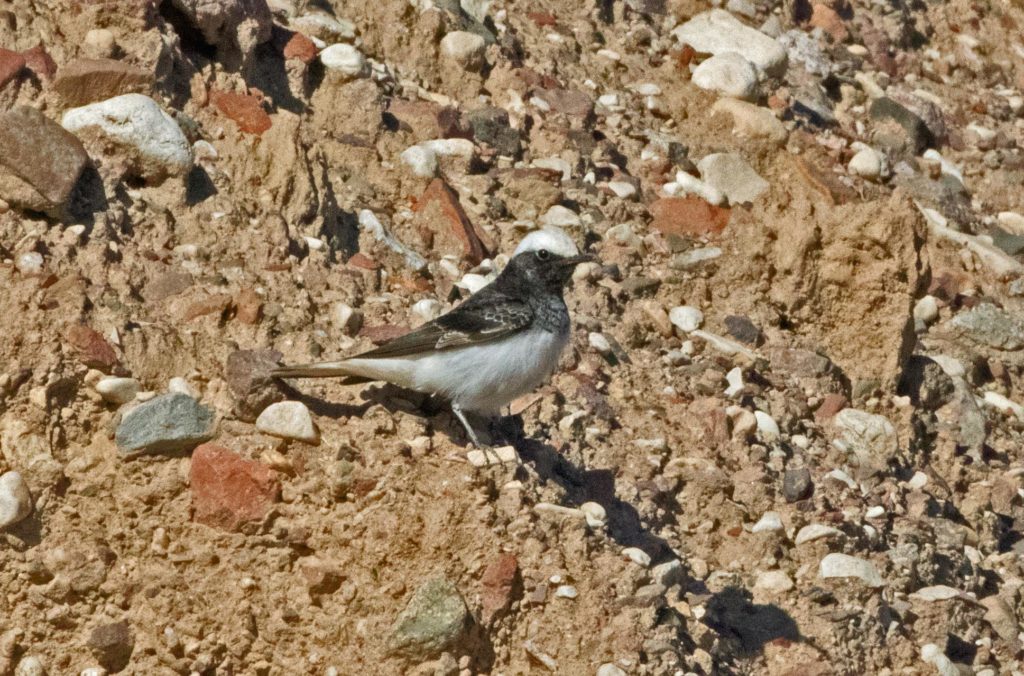I know it’s hard to believe but even underpaid writers living in Montana can get to feeling down sometimes. Covid certainly has not helped the situation since it and the gut-wrenching economic and societal upheavals it has triggered make the future look blurry at best. In this kind of situation, however, birders have a distinct advantage over non-birders. Why? Because we can immediately step outside for a dose of birding therapy. Last weekend, in fact, I decided I needed not one day, but a week of birding to try to set things right. I began with a return to a place that in many ways inspired my and Braden’s journey into birding: the Blue Mountain Nature Trail just south of Missoula.

The nature trail takes hikers through a twenty-year-old burn that in years past has been a birders’ paradise with plenty of snags for woodpeckers and a lush resurgence of native plant growth on the newly-sunlit forest floor. The trail, in fact, is where UM biologist Dick Hutto—an expert on the value of burns to birds—took me when I began researching my book Fire Birds: Valuing Natural Wildfires and Burned Forests. At the time, Black-backed Woodpeckers still lived there, but I wondered what it would be like some eight years later. I was not disappointed.

Though I arrived a week or two early for the crush of cavity nesters about to descend on the forest, seeing my first shooting stars and Pasque flowers of the year immediately cheered me up. And the birds, while not abundant, were of the highest quality. On my way up I saw a pair of Townsend’s Solitaires, and heard Cassin’s Finches and my year’s first Williamson’s Sapsucker, which I IDed both by its higher, forest-edge location and its almost halting, hesitant drum pattern. Moving on, I spent time with a Hairy Woodpecker and Northern Flicker, and at the forested saddle where I usually turn around, spotted my year’s first Cooper’s Hawk flying furtively and low to the ground.

I had hoped to hear an Orange-crowned Warbler, but alas, was probably a bit too early for those. Back near the road, however, I was rewarded by Red Crossbills and the year’s first look at a dazzling male Yellow-rumped Warbler. Satisfied with my thirteen species, I continued on to the car, planning my next day’s trip to the Missoula Cemetery to see what I could find. Unbeknownst to me, fate was about to deal Braden and me a radically different birding destination for Tuesday . . .
















